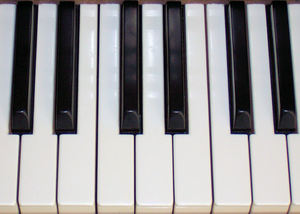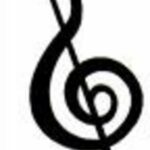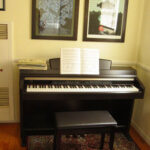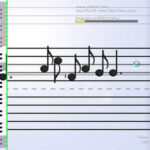Now that you’ve signed your child up for piano lessons, you are faced with a big decision. Should you buy a piano, a digital piano, or an electronic keyboard? As a piano teacher, and owner of a piano, digital piano and an electronic keyboard, I will give you the pros and cons of owning each type of instrument.
When you are making your decision, consider that making music on a quality instrument is one of the best ways to keep your child interested in piano lessons. Why spend so much money on piano lessons only to have your child play on a cheap keyboard?
Before purchasing an instrument, find out from your child’s piano teacher if he or she requires a piano. Many piano teachers will refuse to accept students who do not have a real piano. Some teachers will allow students to practice on a smaller keyboard, but only for the first couple of months until you are able to purchase a piano. Most piano teachers allow digital pianos, but agree that your child would have the best chance of success on a real piano. This is especially true if your child hopes to get to advanced level playing.
Pianos have 88 keys, and produce sound by striking steel strings with felt hammers. There are two basic forms of pianos, grand and upright. Pianos range in price from $2,000 to more than $60,000. Pianos are a good investment since they hold their value for years to come.
There are also many quality used pianos available on the market. But be careful, not all pianos are good pianos. Don’t be tempted to take the first free piano you find on Craig’s List. You should have a piano technician look over any used piano you are considering.
Some music stores will let you rent a piano which is a great option for those who are unable or hesitant to purchase a piano.
People have many reasons for not wanting to purchase a piano including:
1. Pianos are very expensive
2. Parents don’t want to invest in a piano in case their child ends up not liking piano lessons
3. There is no room for a full sized piano
4. Parents want their child to be able to practice with headphones
5. Pianos need to be tuned annually
6. Students want to be able to hook up the piano to a computer
7. If a family moves often, pianos require professional movers which cost more money
8. Pianos don’t do well in locations that change temperature or humidity such as basements
9. Pianos may be too loud for people living in apartments or town homes
10. Parents think students will practice more if they have a keyboard with fun drum and instrument sounds
If you are unable to purchase a piano, the next best choice is a digital piano. A quality digital piano starts around $1,000. Digital pianos have the look of a real piano with a base and bench, but it runs on electricity. It should have 88 keys, and a damper pedal. The digital piano has captured the sounds of a real piano and reproduces it electronically.
Digital pianos are lighter, and therefore easier to move than a real piano. They don’t need to be tuned, and they aren’t affected as much by humidity. Most digital pianos can be connected by a MIDI cable to your computer, and most have earphone jacks. Digital pianos will often have recording capabilities which I love when I’m composing. Sometimes digital pianos have other instruments sounds and drum patterns which can be very entertaining – or distracting, depending on your child’s attention span.
The negative to owning a digital piano is that they lose their value as soon as they go off the showroom floor. They can also be difficult to repair if they stop working properly. And even though the keys are weighted, I can still feel a difference in key action compared to a real piano. I personally don’t recommend a digital piano for anyone who plans on playing intermediate to advanced level music because of the mushy key action.
If you aren’t able or willing to purchase a piano or a digital piano, the last instrument to consider is an electronic keyboard. Electronic keyboards often have less than 88 keys and probably have smaller sized keys than a real piano. I feel that both of these factors will be detrimental in the learning process of a student.
Make sure that the keys on the electronic keyboard are touch sensitive and weighted. Touch sensitive is when you can produce loud or soft sounds just by the amount of pressure you place on the key. Weighted keys mean you have to use a certain amount of finger strength to push the key down before it will make a sound. Without weighted keys the student will not develop proper muscle strength in their fingers.
You may need to purchase a stand, bench and pedal as extra accessories. Do not allow your child to practice with the keyboard in their lap. This results in horrible posture, poor technique and the development of bad playing habits.
The pros for buying an electronic keyboard are that they are much less expensive than a piano, easy to transport, they usually have earphone jacks, some have MIDI capabilities, they take up less space, and many have fun instruments and drum patterns.
Here are a few electronic keyboards to consider that cost less than $1,000:
Casio CDP100 88-Note Weighted Hammer Action Digital Piano
Casio PX-110 88 Key Privia Digital Piano
Casio AP-45 88 Key Digital Piano
Casio PX-575CS 88 Key Digital Piano
Yamaha P70 Contemporary Digital Piano
Yamaha YPG-625
From my teaching experience, I have found that students who practice on electronic keyboards have a much higher drop out rate than those who practice on a piano. If you are serious about your child learning how to play the piano, then I recommend you skip the keyboard and go straight to investing in a quality piano.
Reference:
- To view the keyboards mentioned in this article, go to: www.musiciansfriend.com





